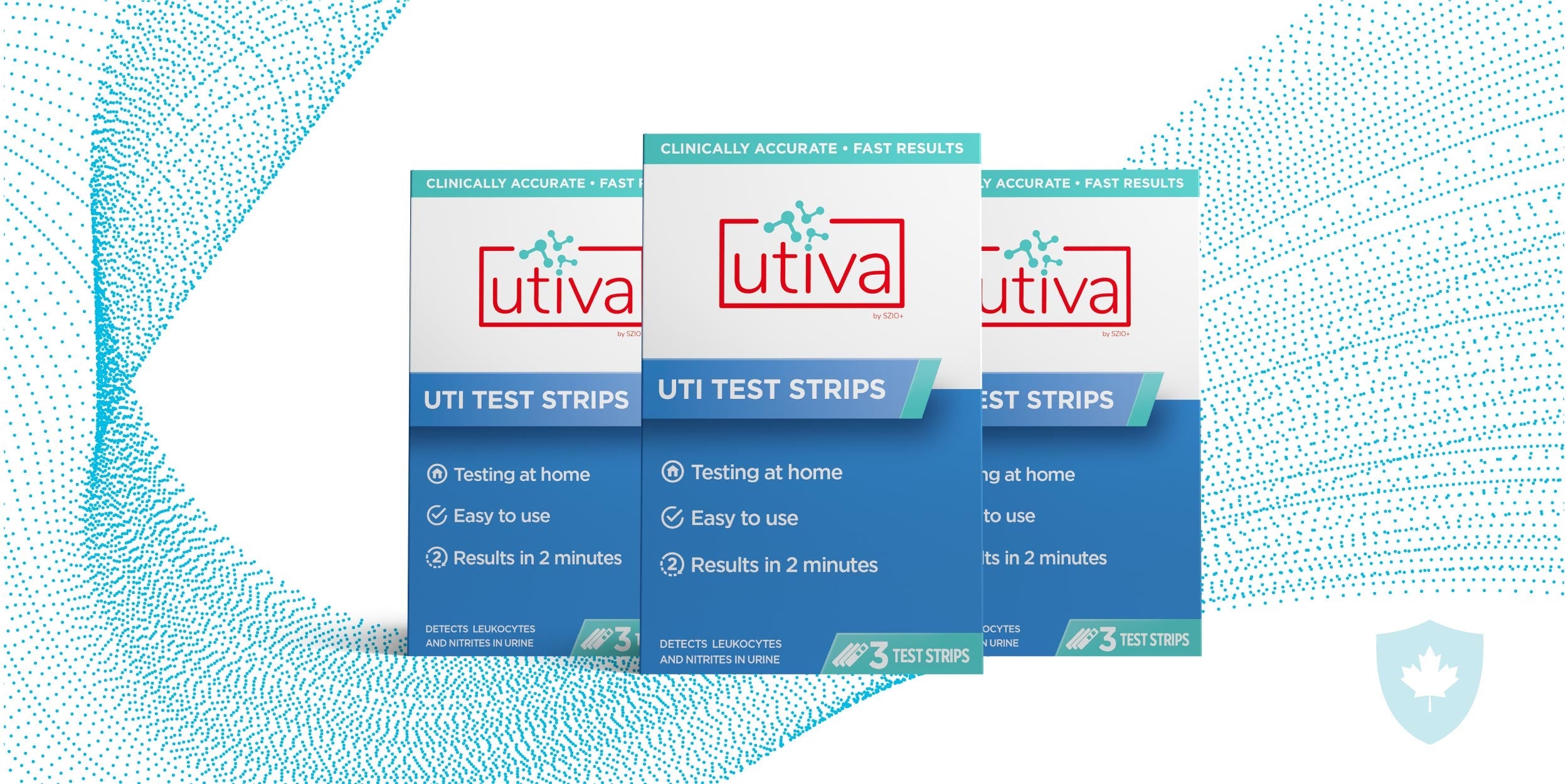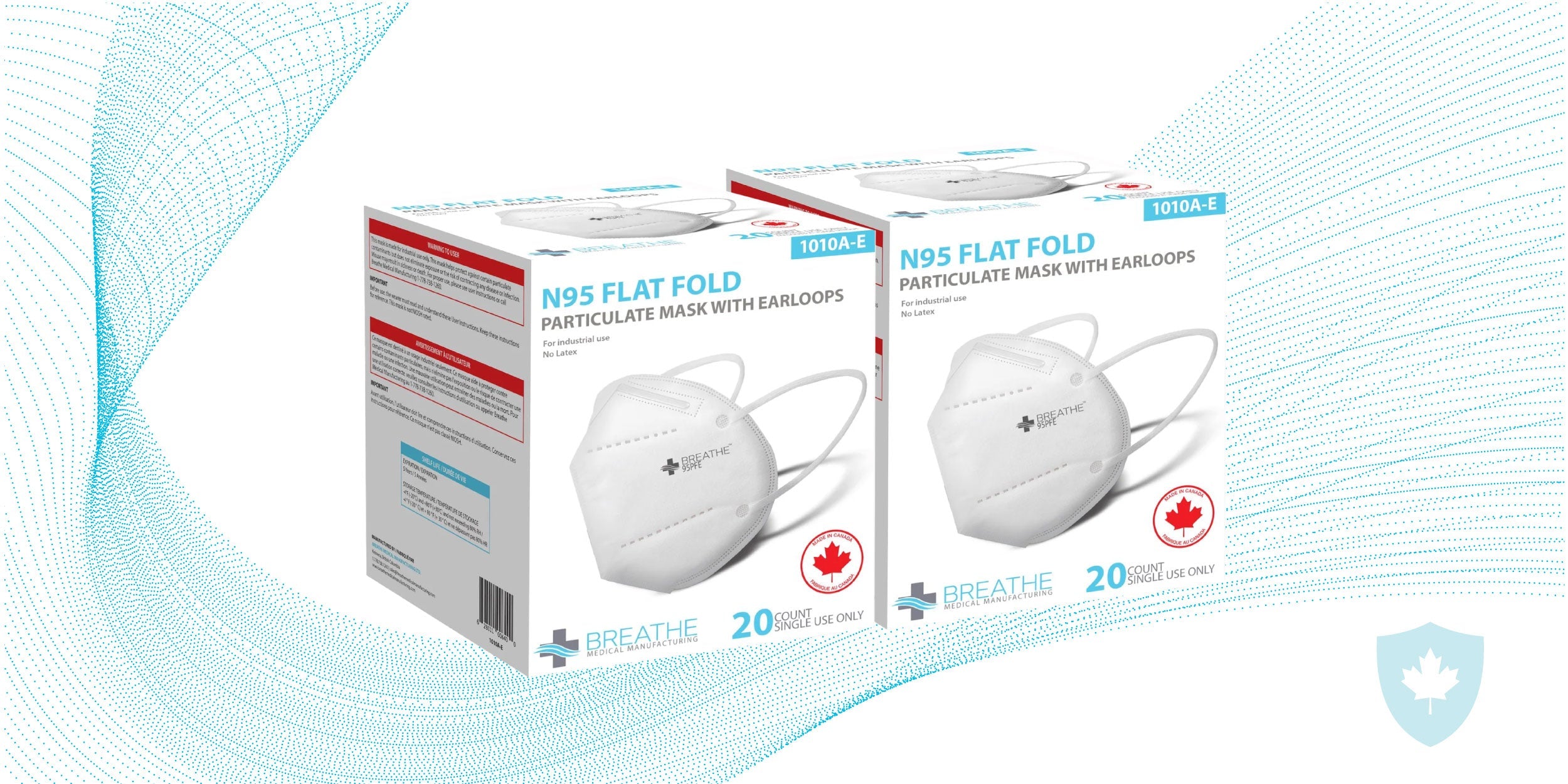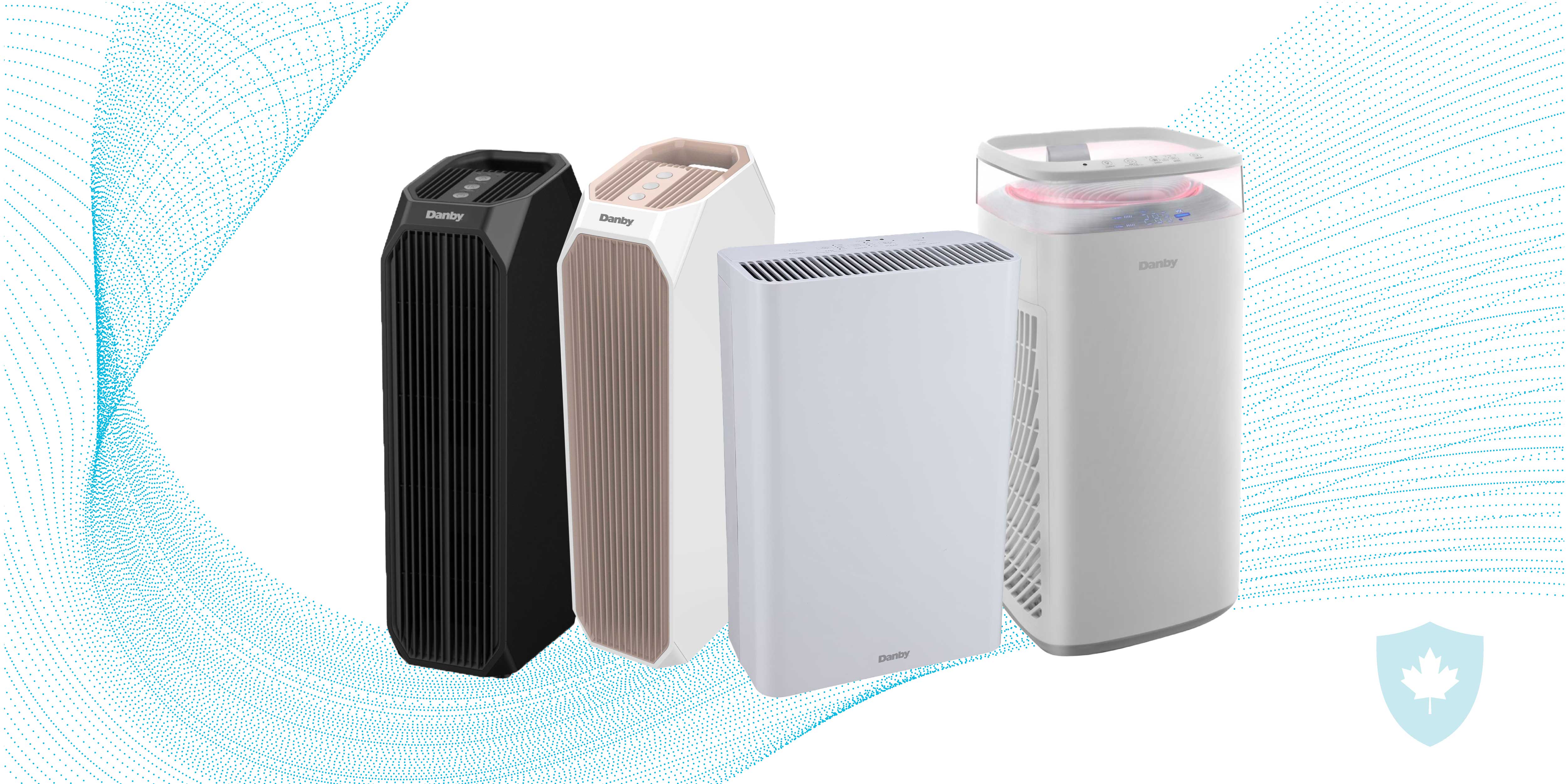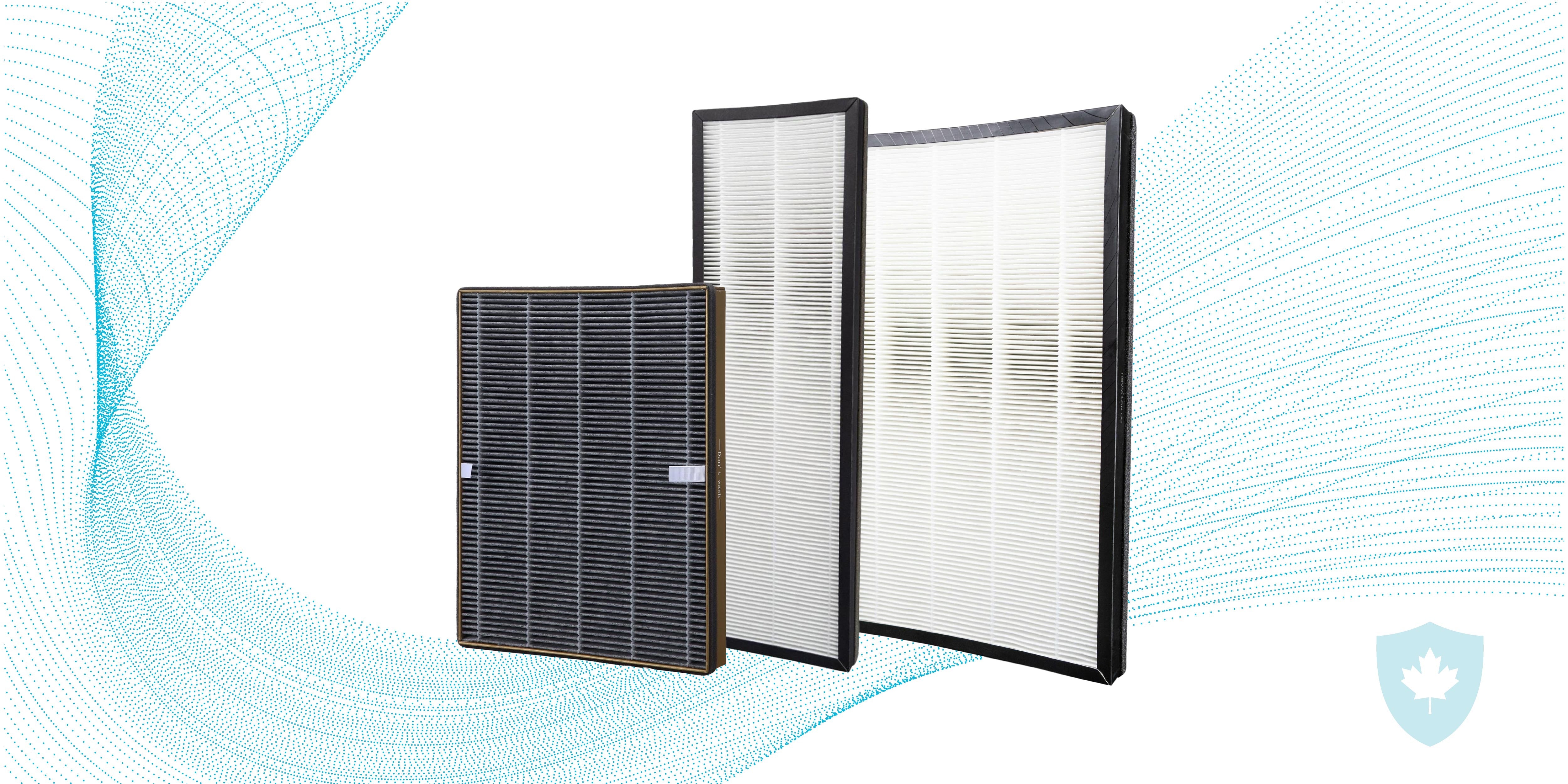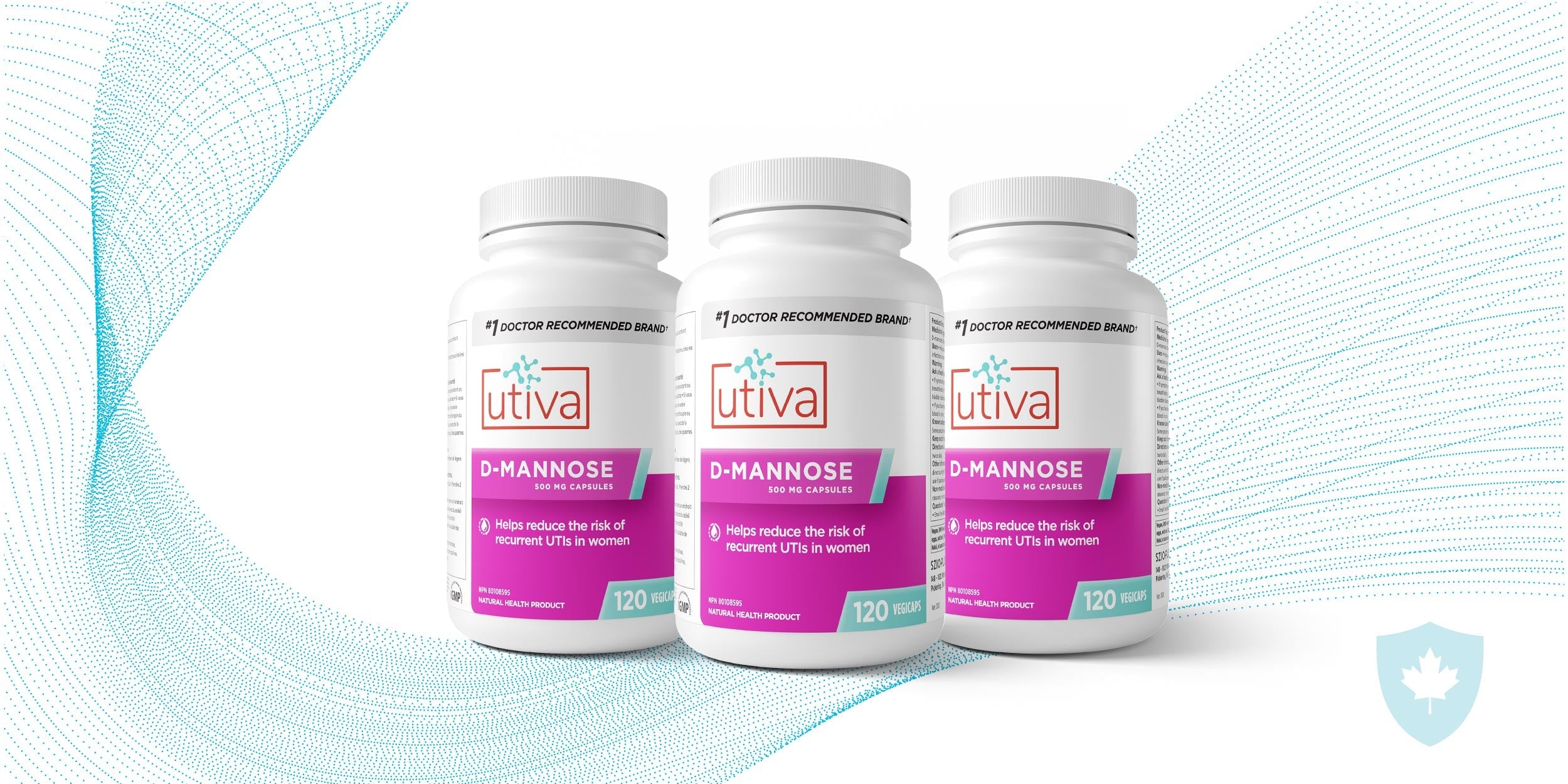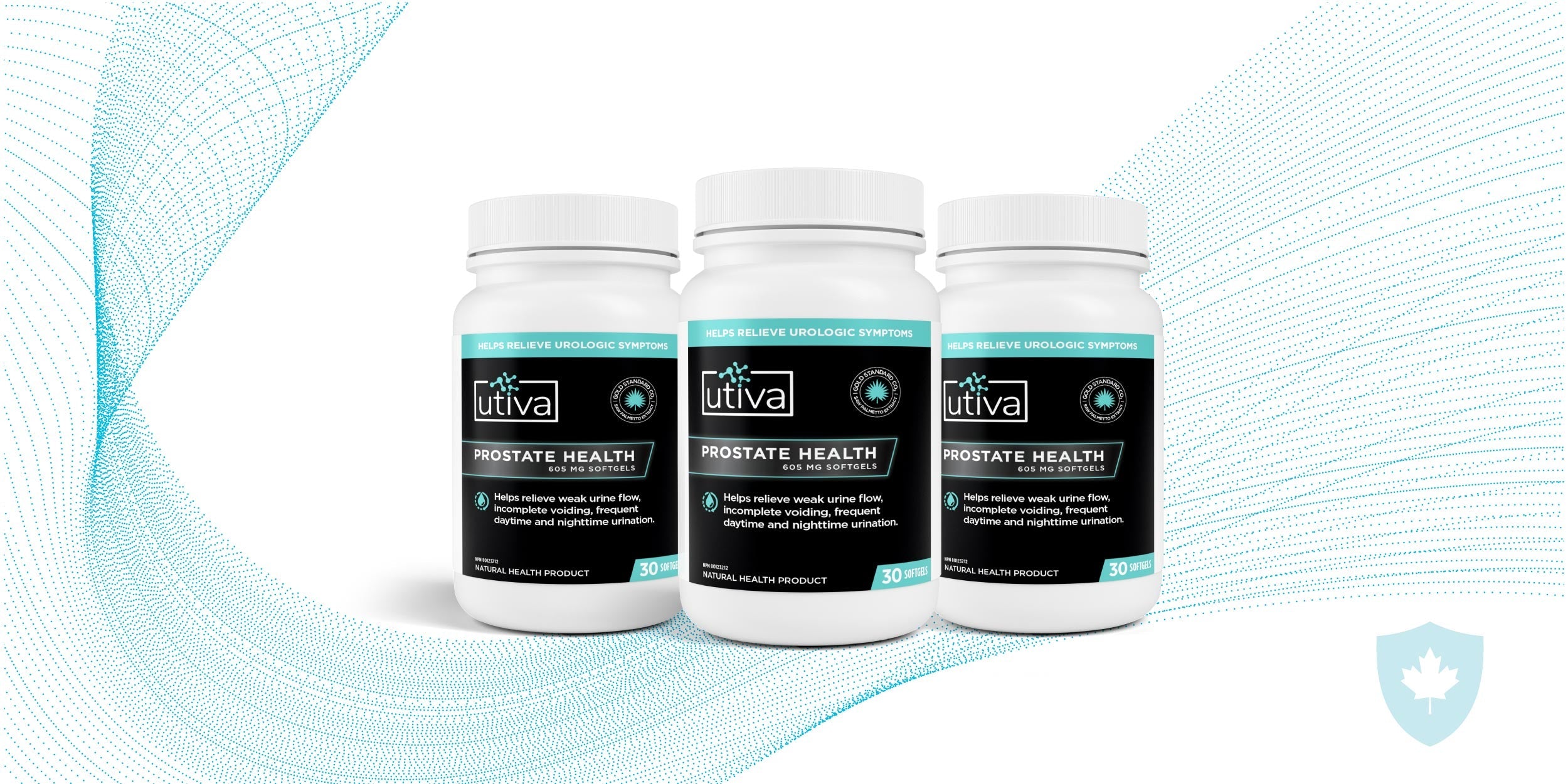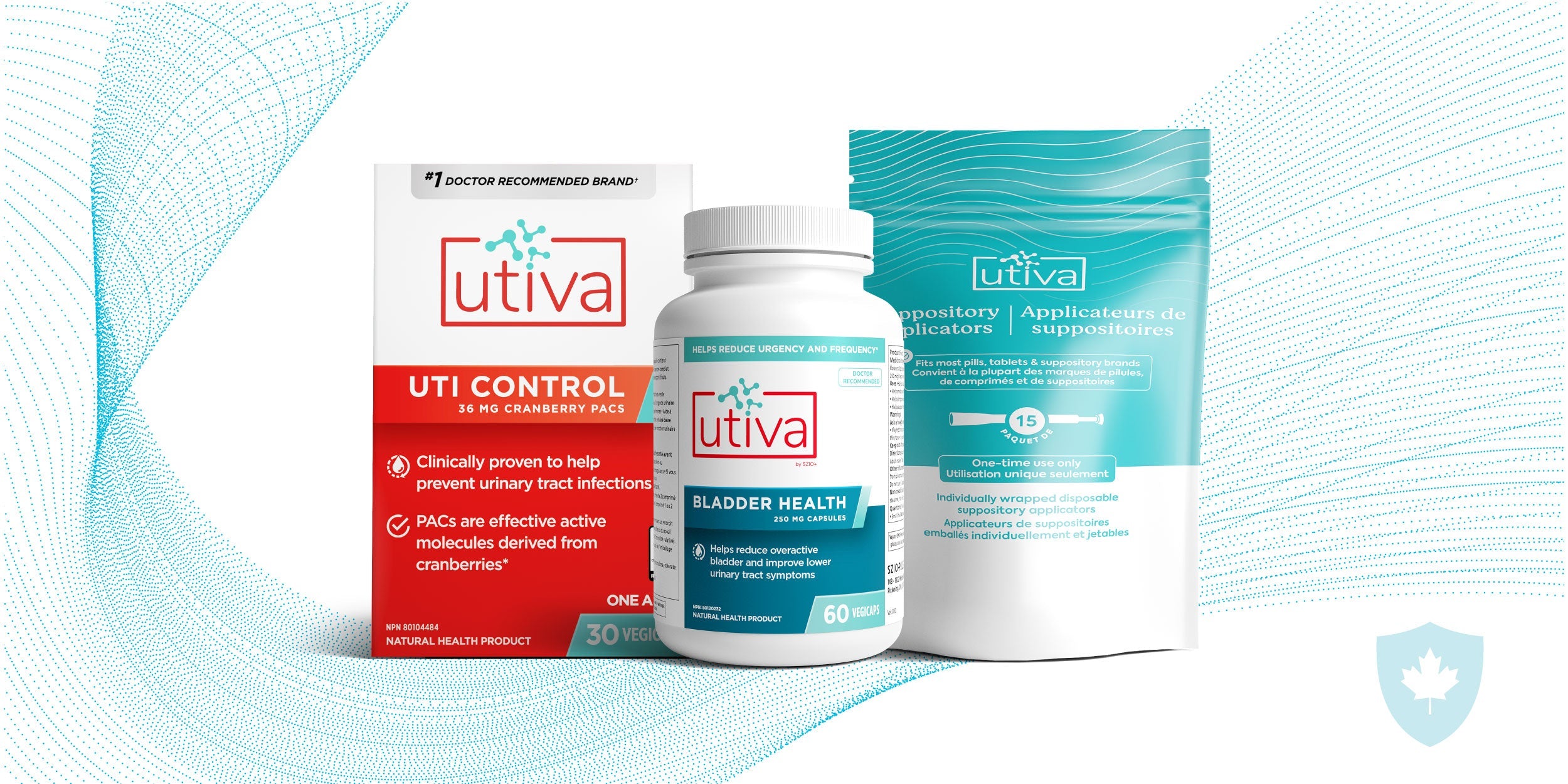What is Personal Protective Equipment and Why Is It important?

Personal protective equipment (PPE) are items worn to provide a barrier in order to prevent exposure to hazards, whether viral, chemical, radiological, physical, electrical, mechanical or otherwise.
These garments may include (but are not limited to):
- Masks - protect mouth and nose
- Respirators - protect mouth and nose
- Face Shields - protect mouth, nose and eyes
- Goggles - protect eyes
- Gloves - protect hands
- Gowns - protect covered skin and/or clothing
Why is PPE Important?
When worn correctly, PPE is designed to decrease the risk of the wearer being exposed to hazards that could cause injury or the spread of illness. In the case of viral transmission, PPE may also offer additional protection to those that the wearer comes in contact with.
The use of PPE is recommended to limit the spread of the novel coronavirus (COVID-19) disease. However, PPE is not a replacement for recommended measures to prevent the community spread of illness. It is an additional life of defense to slow the spread of infectious disease when combined with everyday preventive actions.
- Wash your hands regularly (or use alcohol-based sanitizer if soap and water are not available)
- Practice proper cough and sneeze etiquette (for example, sneeze or cough into your sleeve and avoid touching your eyes, nose and mouth)
- Practice physical distancing and maintain 2 metres of distance from those not within your household
- Minimize errands to a single trip when possible
The effective use of PPE involves the proper removal and disposal of contaminated PPE in order to prevent the wearer and others from exposure.
In light of the COVID-19 pandemic, the use of PPE face coverings, including face masks and face shields, has become increasingly widespread among the general public. The use of respirators, goggles, gloves, gowns and certain face coverings should be reserved for healthcare professionals working on the front-lines. For more information on face coverings and which type of PPE is right for you, click here.


